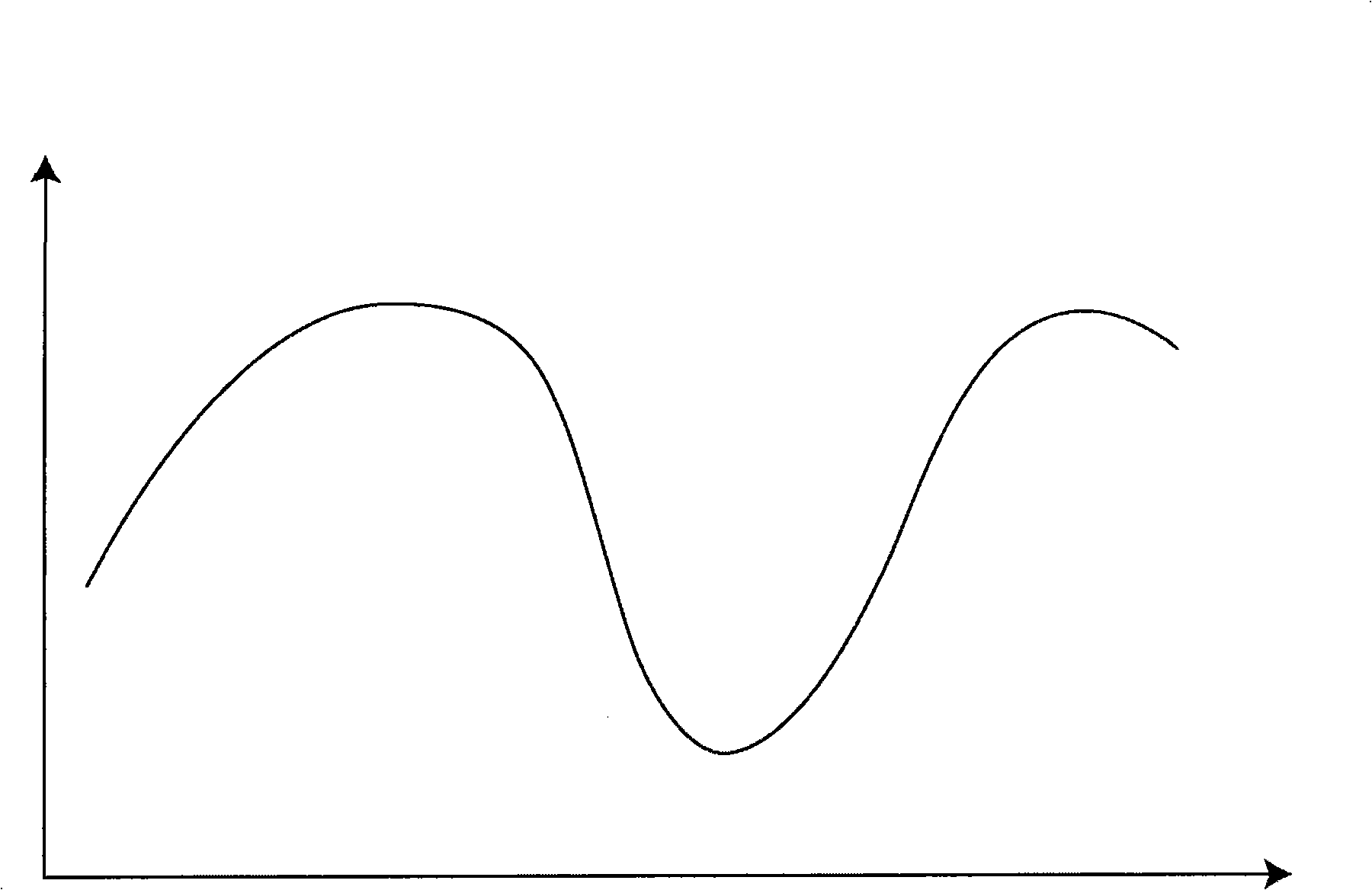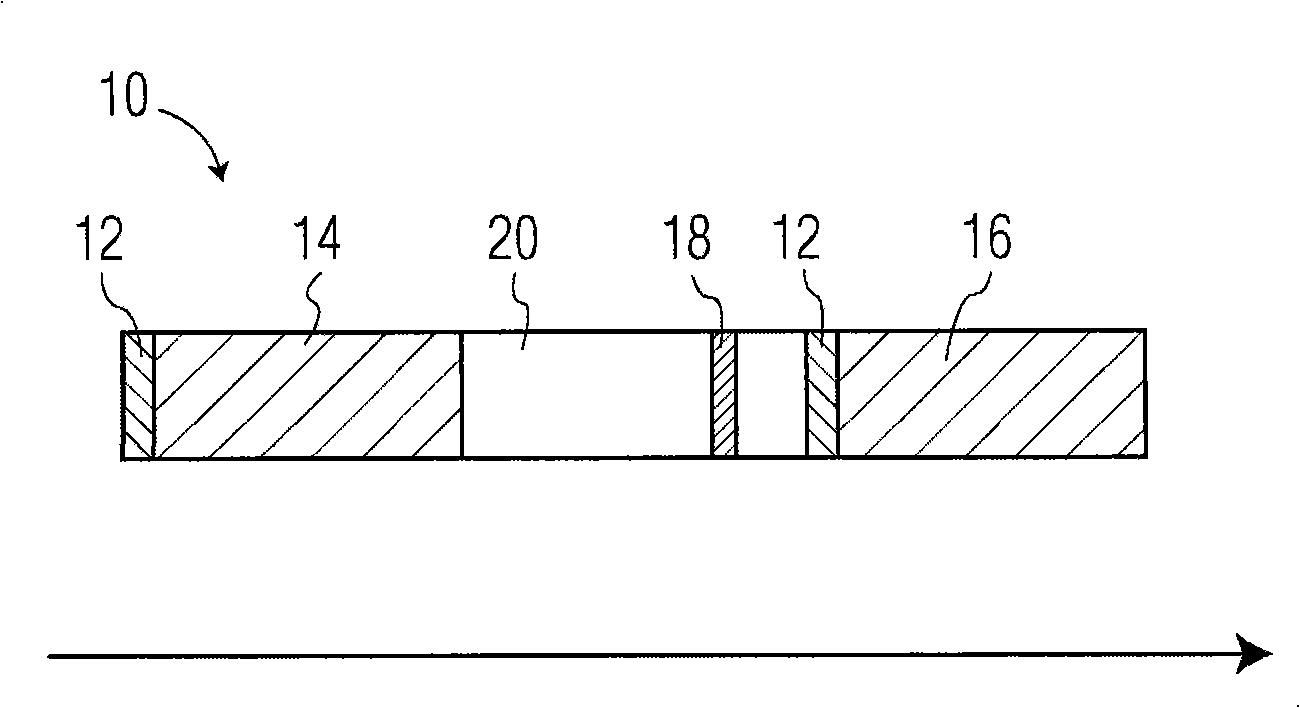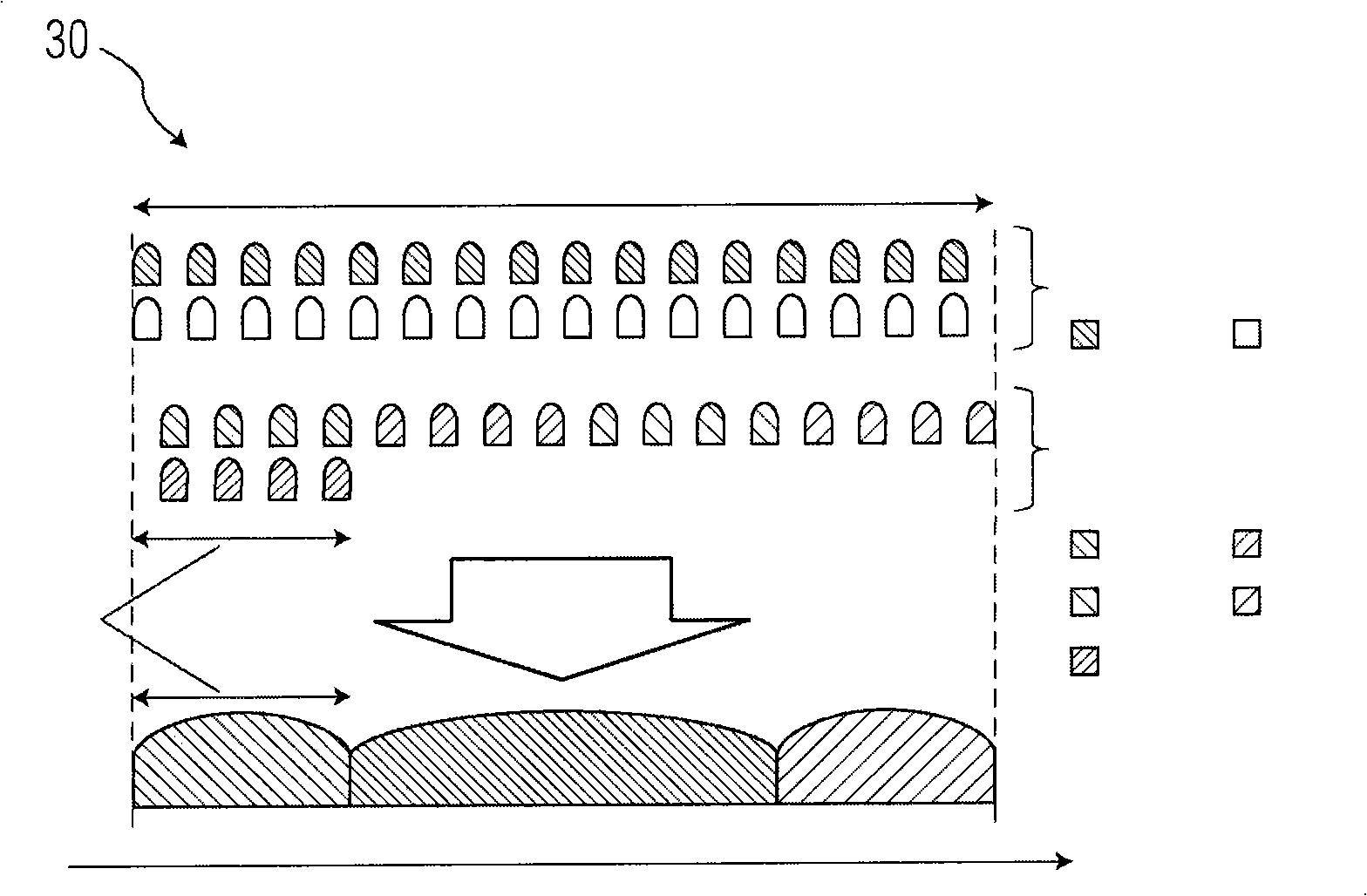Method and system for planning down link auxiliary reference signal in multi-carrier wideband system
A multi-carrier system and downlink technology, applied in the field of frequency domain resource planning, can solve problems such as inability to optimize resource allocation, inability to correctly determine the pilot bandwidth of the UE's exact path loss, and traffic reduction.
- Summary
- Abstract
- Description
- Claims
- Application Information
AI Technical Summary
Problems solved by technology
Method used
Image
Examples
Embodiment Construction
[0023] According to one embodiment, a technique for allocating radio resources in a broadband multi-carrier system includes using a downlink (DL) reference signal (RS) instead of a conventional uplink (UL) RS. Although legacy base stations (eNBs) use dedicated RSs such as UL Sounding RSs (SRSs) proposed by 3GPP LTE, current 3GPP UL SRSs only support resource planning within a small frequency domain range, and UL SRSs with too many usages will Significantly reduces transmission efficiency. Accordingly, embodiments of the DL RS scheme and corresponding frame structures are implemented to support resource planning within the entire available frequency domain for wideband multi-carrier systems such as 3GPP LTE. As a matter of terminology, the DL RS described herein is also referred to as an Assisted RS (ARS).
[0024] In one embodiment, the eNB transmits the DLRS using a broadcast format over broadband. The DL RS may be sent on the entire DL frequency band (ie, the entire freque...
PUM
 Login to View More
Login to View More Abstract
Description
Claims
Application Information
 Login to View More
Login to View More - R&D
- Intellectual Property
- Life Sciences
- Materials
- Tech Scout
- Unparalleled Data Quality
- Higher Quality Content
- 60% Fewer Hallucinations
Browse by: Latest US Patents, China's latest patents, Technical Efficacy Thesaurus, Application Domain, Technology Topic, Popular Technical Reports.
© 2025 PatSnap. All rights reserved.Legal|Privacy policy|Modern Slavery Act Transparency Statement|Sitemap|About US| Contact US: help@patsnap.com



